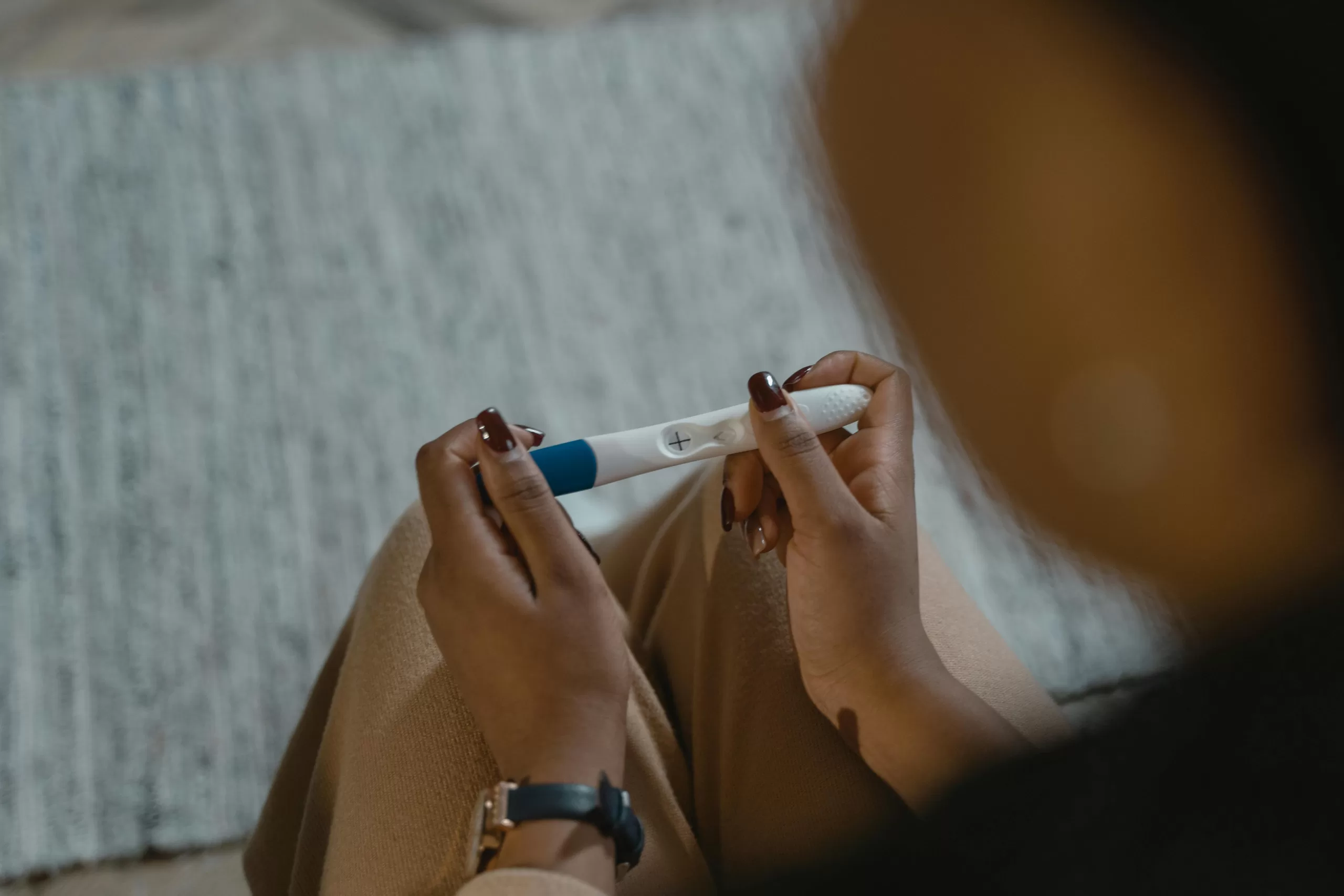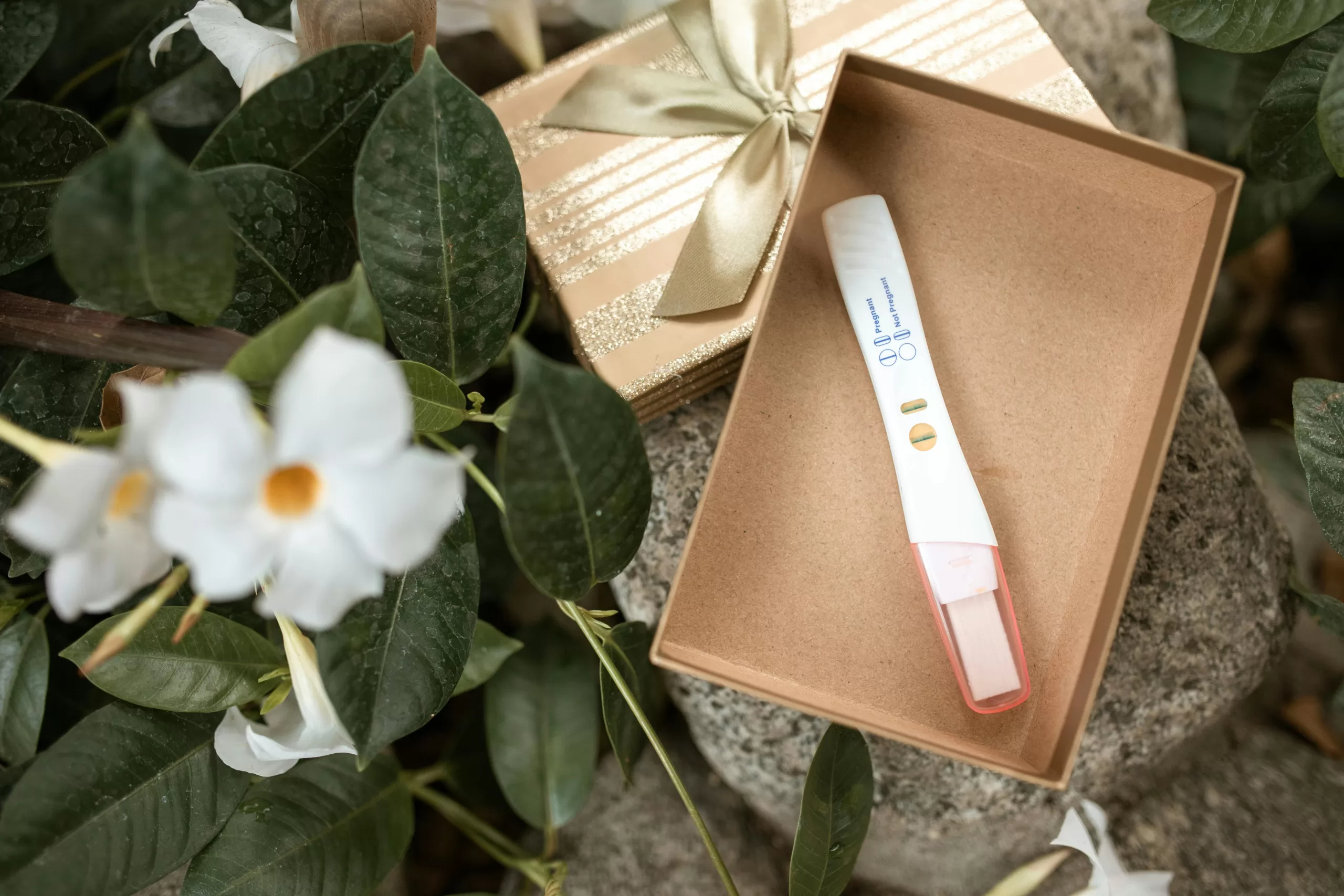Back in 2022, we were delighted to join forces with Vios Fertility Clinic in the US to give out a free round of IVF to one of our wonderful readers. Now in 2023, we are delighted to say that she did it! Stacie, the woman whose name we selected at random is finally a mother!! William was born on June 19th and he is beautiful!!!
Stacie’s journey to motherhood was not an easy one though. She has tubal factor infertility and had both of her tubes removed at different points during the 2 year IVF journey. Here, we look in to what tubal factor means.
What is tubal factor infertility?
Tubal factor infertility is a type of female infertility that occurs when there are abnormalities or blockages in the fallopian tubes, which prevent the eggs from being fertilised by sperm or from reaching the uterus for implantation. The fallopian tubes play a crucial role in the reproductive process as they provide the pathway for the egg to travel from the ovary to the uterus, and they also serve as the site where fertilisation typically occurs.
Diagnosing tubal factor infertility often involves a series of tests, including a hysterosalpingogram (HSG) or a laparoscopy. HSG is a radiologic procedure where a dye is injected into the uterus and X-rays are taken to see if the dye flows freely through the fallopian tubes, indicating they are open and unobstructed. A laparoscopy is a surgical procedure in which a small camera is inserted through a small incision to directly visualise the fallopian tubes and surrounding structures.
If a woman, like Stacie has blocked fallopian tubes and is undergoing in vitro fertilisation (IVF), there are some scenarios where the medical team might consider removing the blocked tubes before the embryo transfer takes place. However, this decision depends on the specific circumstances of the individual case and is not a routine practice for all IVF patients with tubal factor infertility.
Here are some situations where the removal of blocked fallopian tubes before embryo transfer might be considered:
- Hydrosalpinx: A hydrosalpinx is a condition in which a fallopian tube is blocked at the end and filled with fluid, creating a distended tube. Hydrosalpinx can adversely affect the success of IVF as the fluid in the tube can be toxic to the embryo or interfere with its implantation. In such cases, removing the affected tube (salpingectomy) before embryo transfer is often recommended to improve the chances of IVF success.
- Risk of infection or complications: If a blocked fallopian tube poses a risk of infection or complications during or after the embryo transfer procedure, the medical team may opt for salpingectomy to prevent potential issues.
- Ectopic pregnancy history: Women with a history of ectopic pregnancies, where a fertilised egg implants outside the uterus (usually in the fallopian tube), may have damaged or partially blocked tubes. To minimise the risk of another ectopic pregnancy, the doctor might recommend removing the affected tube before proceeding with IVF.
It is essential to note that removing fallopian tubes is a surgical procedure, and like any surgery, it carries risks and requires careful consideration. Salpingectomy (surgical procedure in which one or both of the fallopian tubes are removed) is irreversible, meaning that after the tube is removed, natural conception is no longer possible. Therefore, the decision to remove blocked tubes before IVF should be thoroughly discussed with a fertility specialist, taking into account the individual’s medical history, age, fertility prognosis, and personal preferences.
We send all our love to Stacie and her beautiful son William, and give enormous thanks to our friends at Vios Fertility for their kindness and generosity with their gift of a free IVF.








